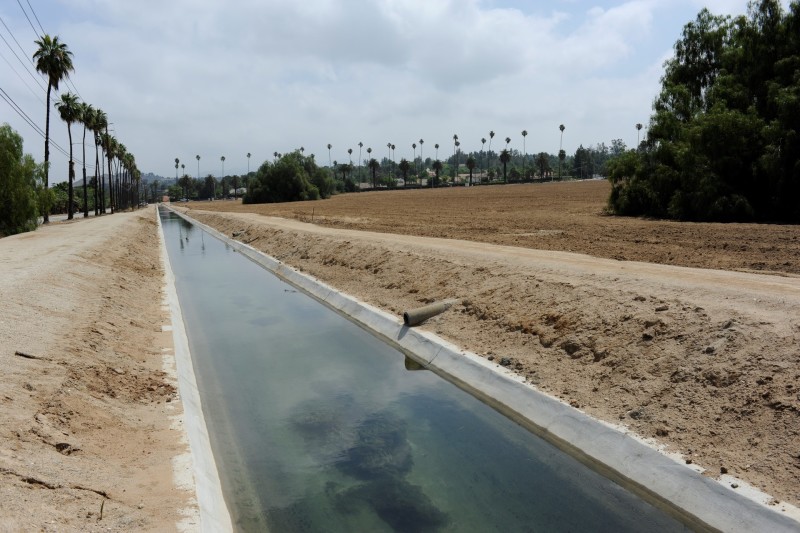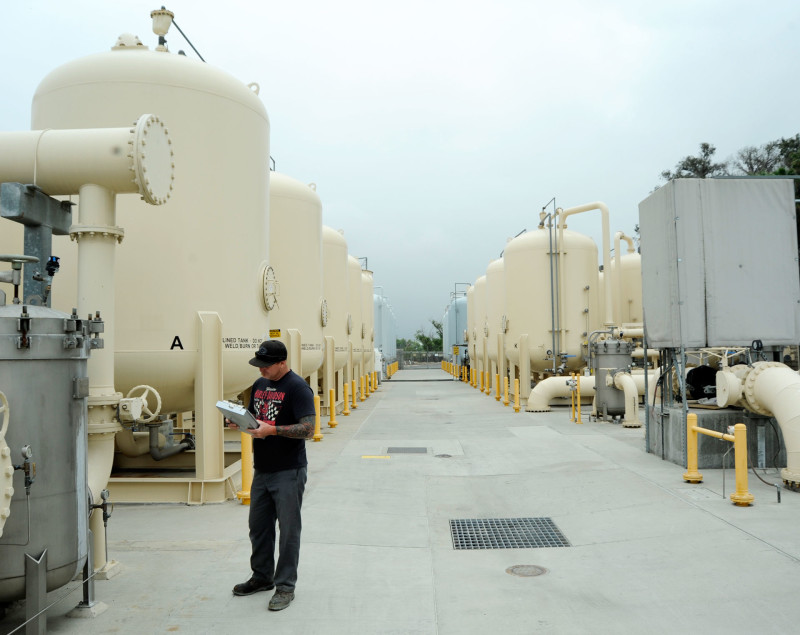Earlier this year, Gov. Jerry Brown made good on a threat that had been hanging in the air for months. He ordered the state’s first-ever mandatory cuts in water use. Executive Order B-29-15 gave the State Water Resources Control Board authority to establish and enforce conservation targets for every water district serving residential and commercial customers. The goal: A 25 percent reduction in statewide residential/commercial water use.
To comply with Brown’s order, the water board set conservation levels for each water district. Those targets are broken down into tiers: Communities that use relatively little water and have done a good job conserving may need to cut use by only 8 percent from 2013 levels; districts that have lagged in conservation need to cut use by 36 percent compared with 2013.
However, not every water district has accepted its water-savings tier. Some, including the Humboldt County cities of Eureka and Arcata, have persuaded the water board to grant less stringent conservation goals.
And then there’s the city of Riverside, which was ordered to cut use by 28 percent — even though the city says it’s not dependent on outside supplies of water, has stored a four-year emergency supply and has invested more than $100 million in conservation and other measures.
The city argues it should be placed in a special 4 percent reduction tier for districts that have implemented effective conservation and supply measures — and it’s eager to avoid the $10,000-a-day fine the water board could levy for not cutting use by the mandated 28 percent. So last month, the city filed a lawsuit (embedded below) in Fresno Superior Court that requests a review of the tier structure in which Riverside was placed.


